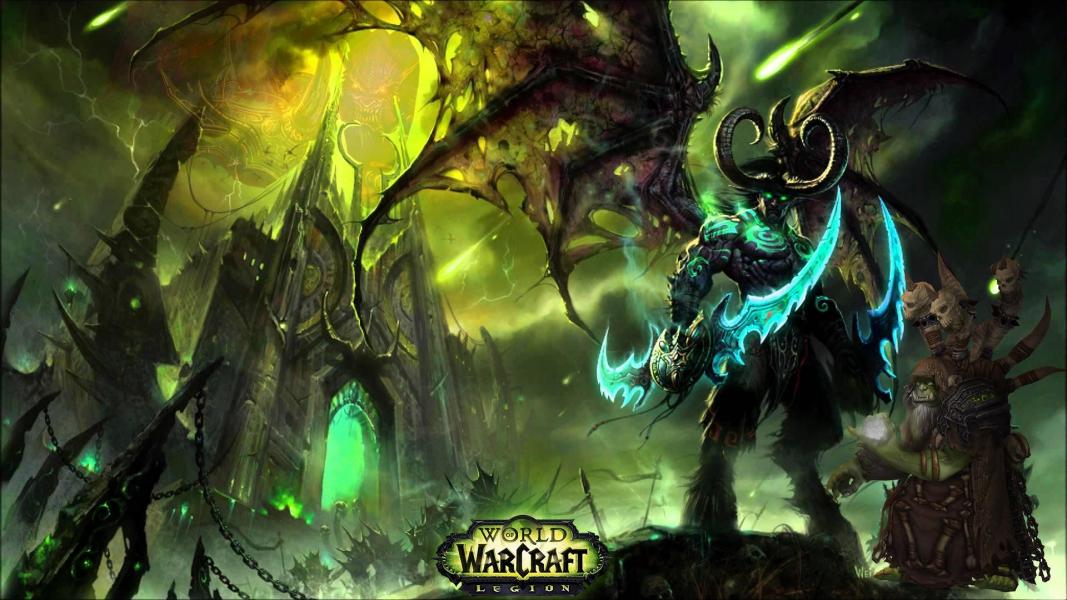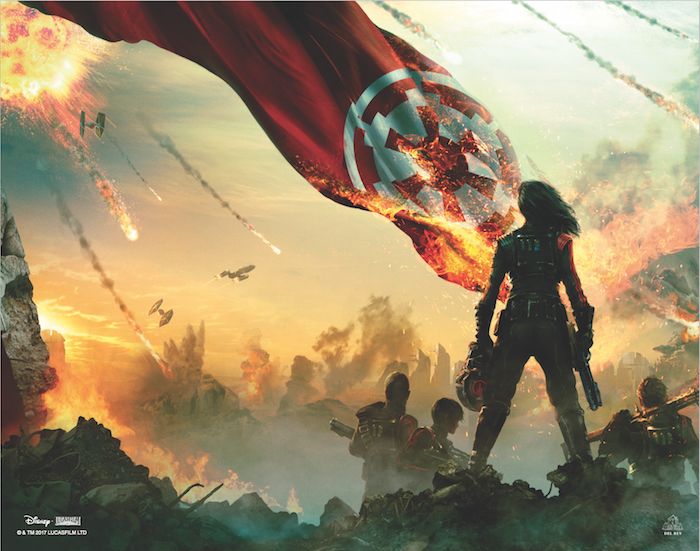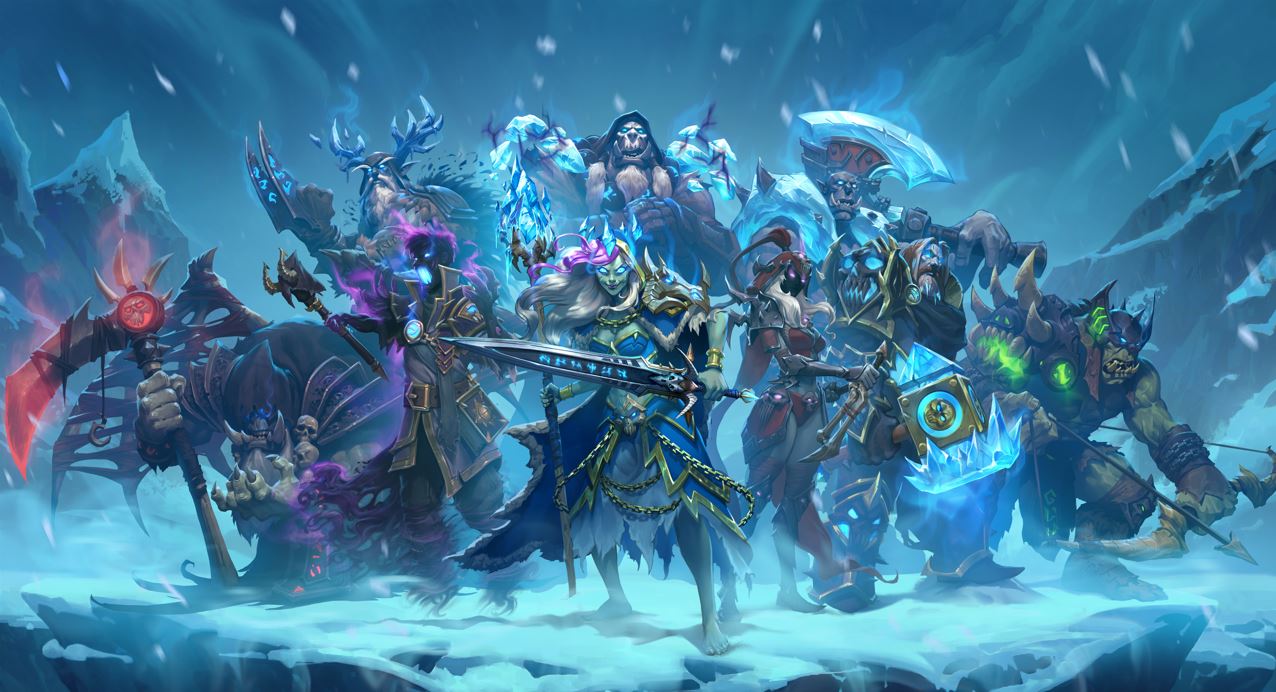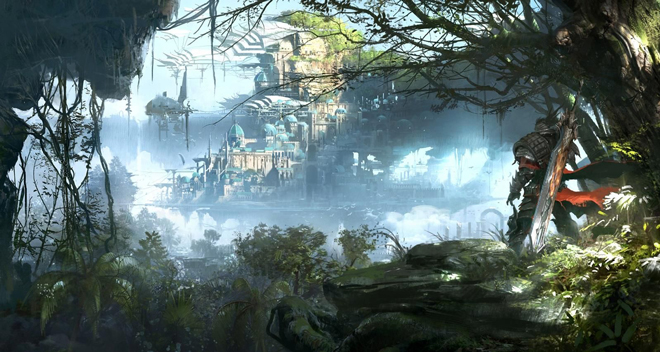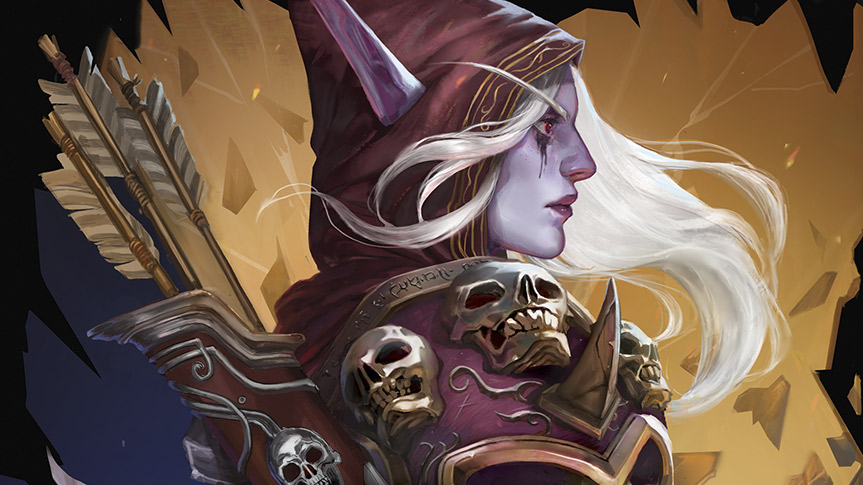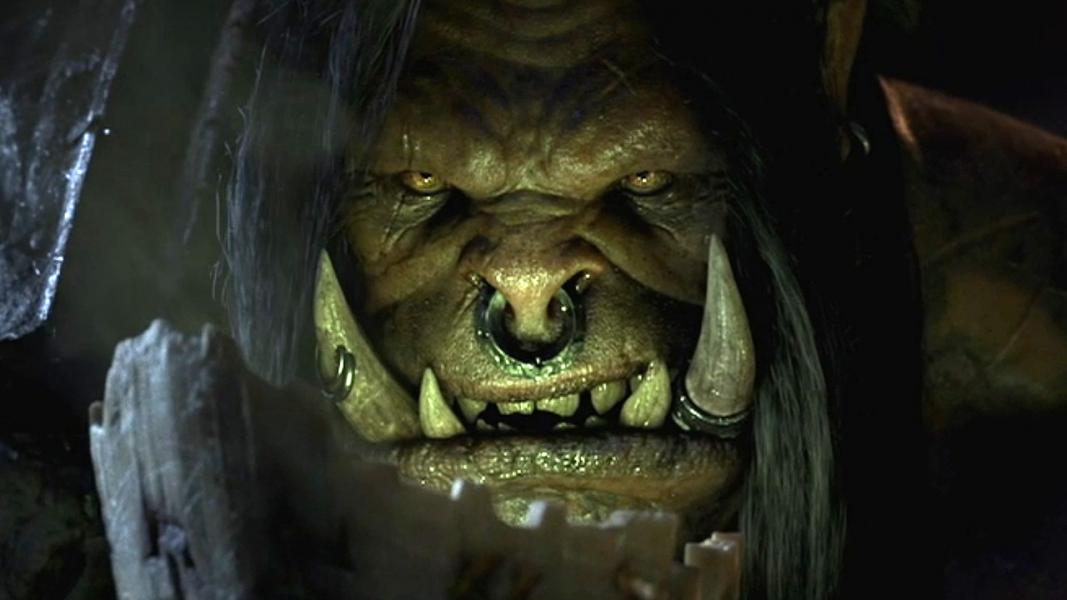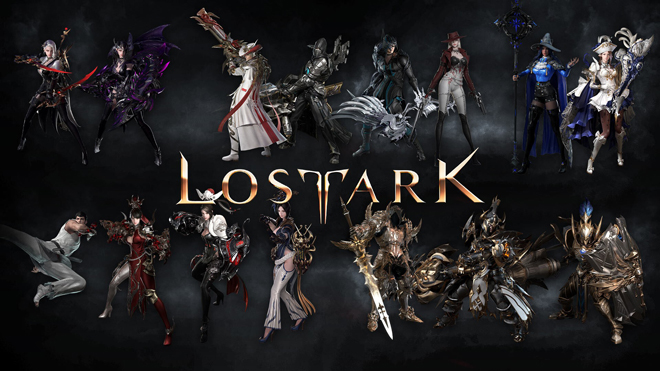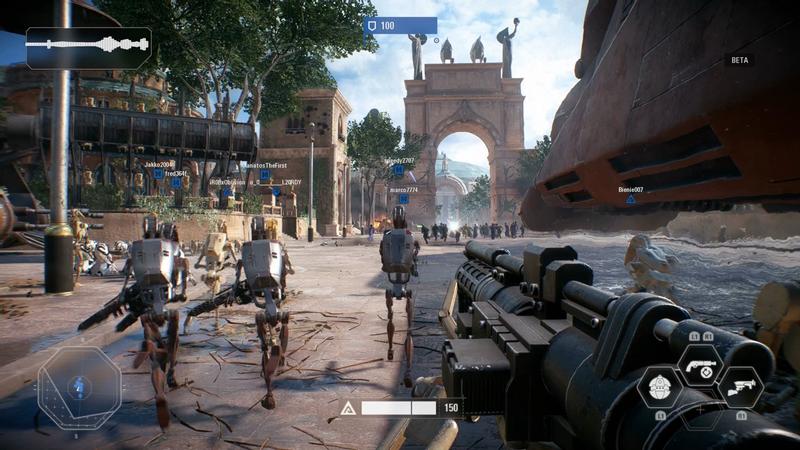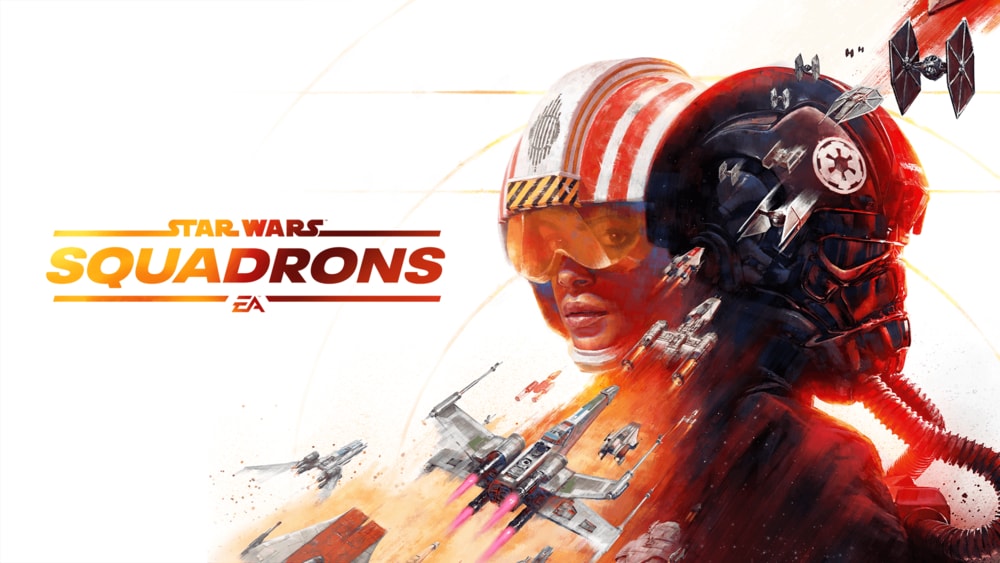
The Thin Line Between Free & Pay-To-Play
Even when the pay-to-play model is removed, some massively multiplayer online games are finding ways to stride forward and stay afloat in a heavily saturated genre.
If there is one word that gamer’s today will find both joy and concern in, it’s “free”. Over the past fifteen years, as both the gaming industry and the genres off MMO’s have skyrocketed, nearly every single type and theme of massively multiplayer online game has emerged. While the industry has been dominated specifically by the presence of games such as Blizzard’s World of Warcraft since its release in 2004 and EverQuest in 1999, that hasn’t stopped developers from both new and old backgrounds to step forward and attempt to improve and cash in on the formula that those two helped create.
While subscription based games do still exist, those models have slowly begun to fall by the waysides.
In enters the free to play model.
Either intentional or not, many developers now rely on the increasing pay-free structure after switching from a paid for subscription based system or not including it at all from the very start. Many games that would have quickly vanished off the map have continued to exist in this competitive MMO world and have even seen greater success after adopting the new system.

A screenshot from Star Wars: The Old Republic’s expansion “Knights of the Fallen Empire” which began its shift towards the games specific strengths of a cinematic, single player based experience in an MMO environment that has helped to keep it going even when quickly switching to the free-to-play model.
The Numbers Don’t Lie
Looking back a World of Warcraft, once can easily see why it’s never gone with a free-to-play system. In 2010 nearing the end of the Wrath of the Lich King expansion, roughly 12 million players were reported as currently subscribed. 12 million at $15 a month is roughly $180 million a month. When a game generates that kind of revenue, it will never need to go free to play. That’s just crazy money.
That being said, when a game doesn’t have that amount of cash flowing in, it has to find much more creative and inventive ways to stay afloat. Star Wars: The Old Republic made the switch to the free-to-play model in 2013 and saw its player based stabilize around the 500k mark. Since then, it has continued to develop 5 expansion packs to this point and counting. Other games, such as Runescape, Marvel Heroes, Guild Wars 2 and Lord of the Rings Online, have all continued to operate with a subscription fee system while still generating enough revenue to actively develop new content. Finally, a game that has turned into one of the most successful MMO’s of all time is Blizzard’s Overwatch. At $40 for the software, no subscription and less than a year old, the player base is estimated to currently be at 25 million and one of the most streamed games on Twitch.
While the free-to-play model can sometimes signal the beginning of the end for an MMO, it can also be a saving grace if done quick enough or can be a successful and impactful choice right from the start.
You may also be interested in:
The 30 Best Free MMORPGs Worth Playing in 2017



